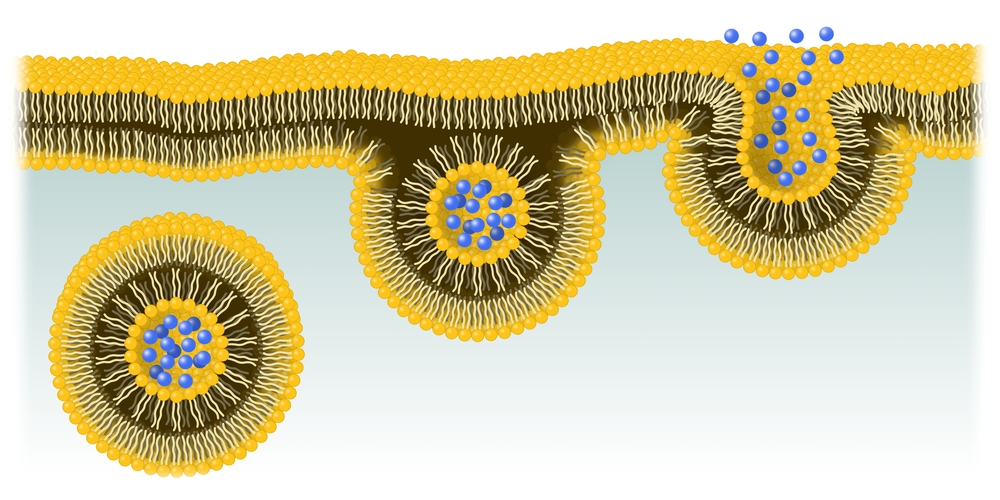Study Sheds Light on CLN3 Involvement in Juvenile Batten Disease

The CLN3 protein — the defective form of which underlies juvenile Batten disease — regulates several degradation and recycling processes within cells, mainly associated with a protein called Rab7A, a study found.
The findings shed light on CNL3 functions and may help identify new therapeutic targets for juvenile Batten disease.
The study, “CLN3 regulates endosomal function by modulating Rab7A effector interactions,” was published in the Journal of Cell Science.
Cells require constant degradation and recycling of cellular components, including proteins, fats, and sugars, to maintain a healthy balance. These processes involve a number of specialized molecules and cellular vesicles, such as endosomes and lysosomes, where molecules’ accumulation, degradation, and recycling takes place.
Dysregulation of these cellular processes can lead to cell damage and death and promote the development of several diseases, including neurodegenerative disorders.
Juvenile Batten disease is a lysosomal-storage, neurodegenerative condition caused by mutations in the CLN3 gene, which provides instructions to make CLN3 (also called battenin), a protein found mostly in membranes surrounding endosomes and lysosomes. An abnormal form of CLN3 leads to the toxic buildup of fatty molecules (known as lipofuscin) within lysosomes.
There is limited data on the precise function of CLN3 and the molecular mechanisms behind the development of juvenile Batten disease.
Previous studies have shown that CLN3 interacts with Rab7A and is involved in Rab7A’s recruitment to endosomal membranes. Rab7A is a small enzyme that recruits other proteins to perform a variety of functions, including endosome transport and lysosome positioning and fusion with autophagosome, a degradation-associated complex.
It has also been implicated in the transport of neurotransmitters (chemical messengers transported from one nerve cell to another), with Rab7A deficiency leading to the development of another lysosomal-storage, neurodegenerative disease called Charcot-Marie-Tooth disease type 2B.
Rab7A is also involved in the degradation of a surface protein called epidermal growth factor receptor (EGFR), which was previously found to be indirectly regulated by CLN3.
However, the role of CLN3-Rab7A interaction and the effects of CLN3 mutations in this interaction and in Rab7A functions remain unclear.
The study sheds light on some of CLN3’s functions and Rab7A’s involvement. The researchers systematically analyzed several Rab7A–associated signaling pathways to determine which ones were also regulated by CLN3.
They began by looking at the interaction between CLN3 and Rab7A, and how disease-causing mutations in CLN3 affected it, in live human cells grown in a lab using a technique called bioluminescence resonance energy transfer.
Results confirmed CLN3-Rab7A interaction and showed that CLN3 is required for the successful transport and non-degradation of lysosomal sorting receptors (proteins that recognize and bind to molecules targeted for lysosomes).
CLN3 mutations affected several interactions, including CLN3 interaction with Rab7A and the interaction of Rab7A and sortilin (a lysosomal sorting receptor) with retromer. Retromer is a protein complex involved in the recycling and rescue of several molecules, including sorting receptors, preventing their degradation in lysosomes.
The researchers found that CLN3 was required for other Rab7A interactions implicated in lysosome fusion with autophagosome, and for an efficient degradation of epidermal growth factor receptor.
CLN3 appears to regulate several functions of Rab7A, as well as of retromer, playing a crucial role in lysosomal transport and the sorting of molecules targeted to lysosomes, the researchers said.
“Overall, our data provide a molecular explanation behind [symptoms] observed in [juvenile Batten disease] and give an indication to the [disease-causative] mechanism behind Batten disease,” they wrote.





